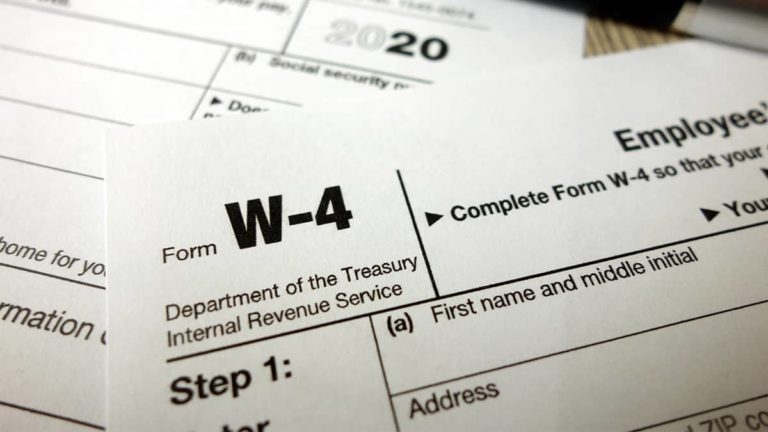The average rate of illness or injury at the workplace can affect employers’ insurance costs. With workers compensation insurance, experience rating modification allows a group of businesses to share the risk of undergoing a loss. While the entire group’s losses can be predicted quite accurately, it is difficult to forecast which group member will experience a loss. The insurance cost allotted to each member is based on the group’s average cost.
In this regard, experience modification is an important calculation. It is the value derived when the average losses expected for all members of the particular business’s industry classification is deducted from the actual loss experienced by the business during the experience rating period.
To understand experience rating, it is important to know the difference between severity and frequency of workplace injuries. Employers can largely control smaller workplace injuries from occurring frequently, while one or two severe injuries cannot be controlled as easily. Businesses with a history of small and frequent injuries are more likely to face bigger ones in the future. This is why injury frequency is emphasized when calculating the experience modification (ex mod).
Experience rating modification calculation
Experience modification = Actual losses experienced by business over the experience rating period – the average expected losses for all members of the businesses’ industry classification.
The modified premium = Experience modification x Starting premium.
An employer with a better-than-average loss record will have an experience rating modification below 100%. For instance, if Company X has an ex mod of 70% (.70) and a starting premium of $60,000, it would have to pay a net premium of $42,000. For a poorer loss record, the premium would increase. A business with a better than average loss record has a competitive edge over others in its industry classification.
Only if the business’ base premium is more than the minimum amount set by the state, it can qualify for experience rating. To be experience rated, the business should have been insured for at least two consecutive policy years. The calculation of experience rating by insurance companies can vary according to state rules.
By making safety a priority, businesses can lower their ex mod. An experience rating plan can also give employers a chance to manage costs through meaningful and measurable cost-saving programs. Experience rating modification gives employers some influence over the final premium they pay, and provides them an incentive to design incentives and loss prevention plans to get injured employees back to work in reasonable time.
Looking for a payroll solution that you can trust and feel secure with? At Patriot Software, we don’t just use our expertise to write helpful articles, but we implement it into our full service payroll solution as well. Try us free today to take your feeling of security to the next level!
This article is updated from its original publication date of April 10, 2012.
This is not intended as legal advice; for more information, please click here.





